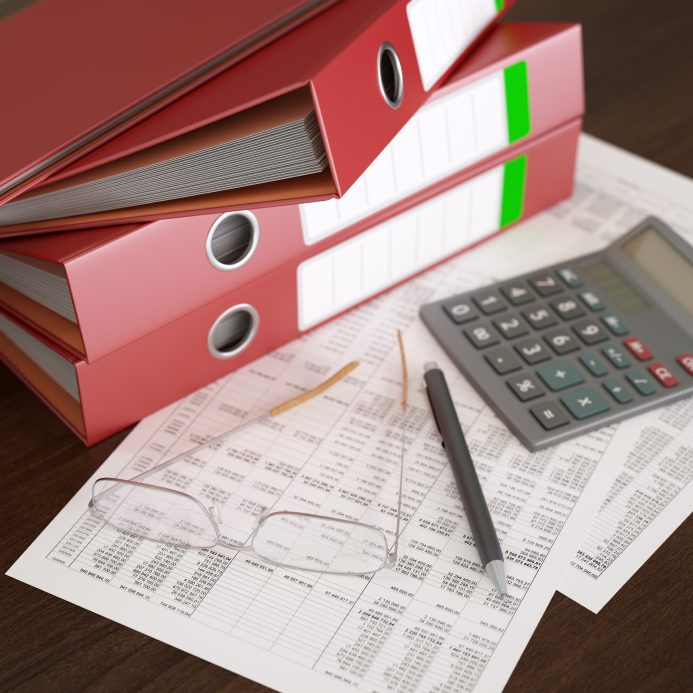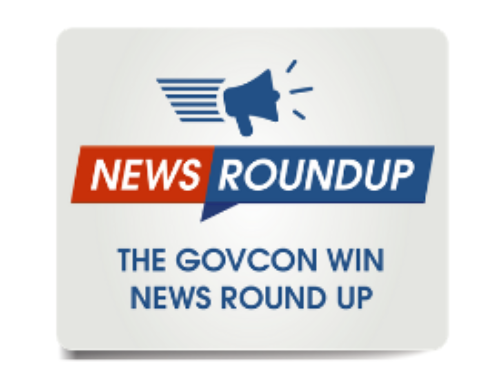Typical Proposals
OCI Wins experience in helping to prepare over 4,000 federal government proposals suggests that large and small business bidders often spend the following amounts on the different types of proposals:
1. Base O&M – 1.2% or less. Of course, cost varies with RFP requirements. For example, is it a simple solicitation requiring only key resumes and past performance? Or is it a complex procurement including management, transition, QA, risk, and other plans? Further, does the bidder prepare the proposal for the lowest possible cost? Or do they invest enough to increase the win probability? Where the requirements are simple, and the bidder has templates, it is sometimes possible to prepare a proposal for as little as 2/10ths or 3/10s of one percent of contract value.
2. High-end engineering services staff augmentation – 1.5% more or less. The bidder is providing a team to deliver technical support on customer site.
3. High-end solutions where the bidder must deliver something like a hardware / software integrated solution – 2.5 – 3%. This is the type of proposal where bidder architects / engineers typically develop a solution to solve a customer problem.
4. Product proposals – often a fraction of 1%. Typically, the bidder is providing commercial products in response to relatively simple solicitations. Variables affecting cost may also include warranty, maintenance, service, training, help desk, configuration, installation, etc.
Factors Causing Added Cost
In addition to the variables mentioned above, the cost of preparing the federal government proposal is affected by field conditions. By this we mean variables such as the length of the proposal period. For example, two procurements that are very expensive to work are NASA SEWP and GSA ALLIANT. The bid periods for these programs are extended so many times that cost to prepare proposals is extreme. Similarly, in the 1990s TRW was bidding a $400M Air Force contract. The proposal period was extended to several years, and as a result, the cost of the winning proposal escalated to 10% of contract value.
Other variables affecting cost to prepare federal government proposals include the following:
1. On IDIQ contracts, the cost includes not only winning the contract but also preparing the task order (TO) proposals necessary to win actual business.
2. The cost of providing system and product demonstrations necessary to win a contract can be high.
3. As more and more bidders need to complete price to win (PTW) analyses, they incur high costs required for these studies.
4. If the solicitation requires extensive plans, this can greatly increase the cost. To prepare plans such as logistics, training, configuration, security, risk, customer support, etc.
5. Oral proposals. Given the high fees orals coaches charge, the cost for this evolution can easily range from $20 – $50,000, on top of other proposal costs.



Leave A Comment